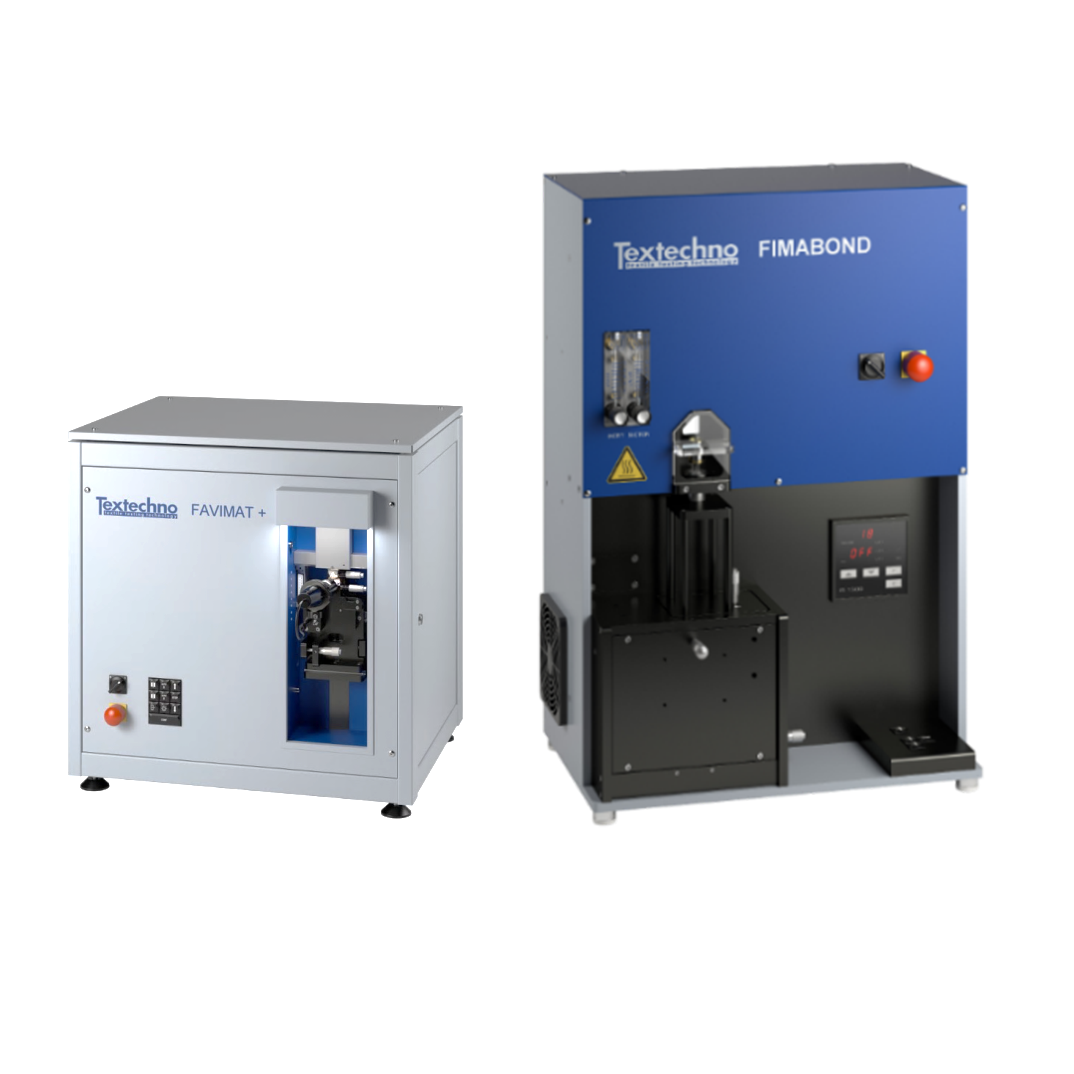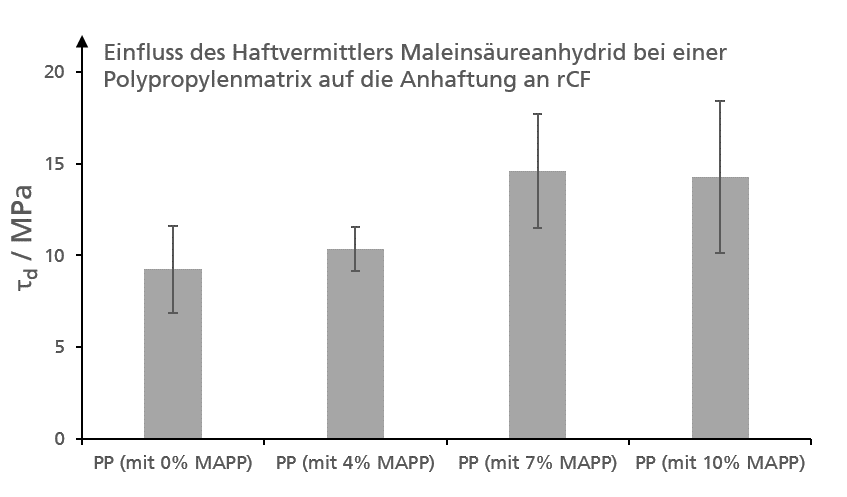Fiber composites represent a material with a promising future and are an indispensable part of today's high-tech applications. Whether sports equipment, rockets, airplanes made of carbon fibers, bulletproof vests and crash components made of aramid fibers, or rotor blades for wind turbines and building materials made of glass fibers – highly stressed components can no longer do without fiber reinforcements. The reason for this is the outstanding properties of the fibers incorporated in the composite. To be effective, the loads must be distributed between the fibers around the surrounding polymer matrix. Optimum load transfer requires a high fiber-matrix adhesion. Thus, a fiber-matrix adhesion represents an important core parameter in composite technology. It must be measured and evaluated for optimization.
Currently, characterization of a fiber-matrix adhesion is possible through preparatively complex and thus expensive macromechanical testing methods or non-standardized micromechanical measuring methods on individual fibers. A fast, effective, standardized, and thus adapted to the needs of the industry, micromechanical testing is not yet available today.


